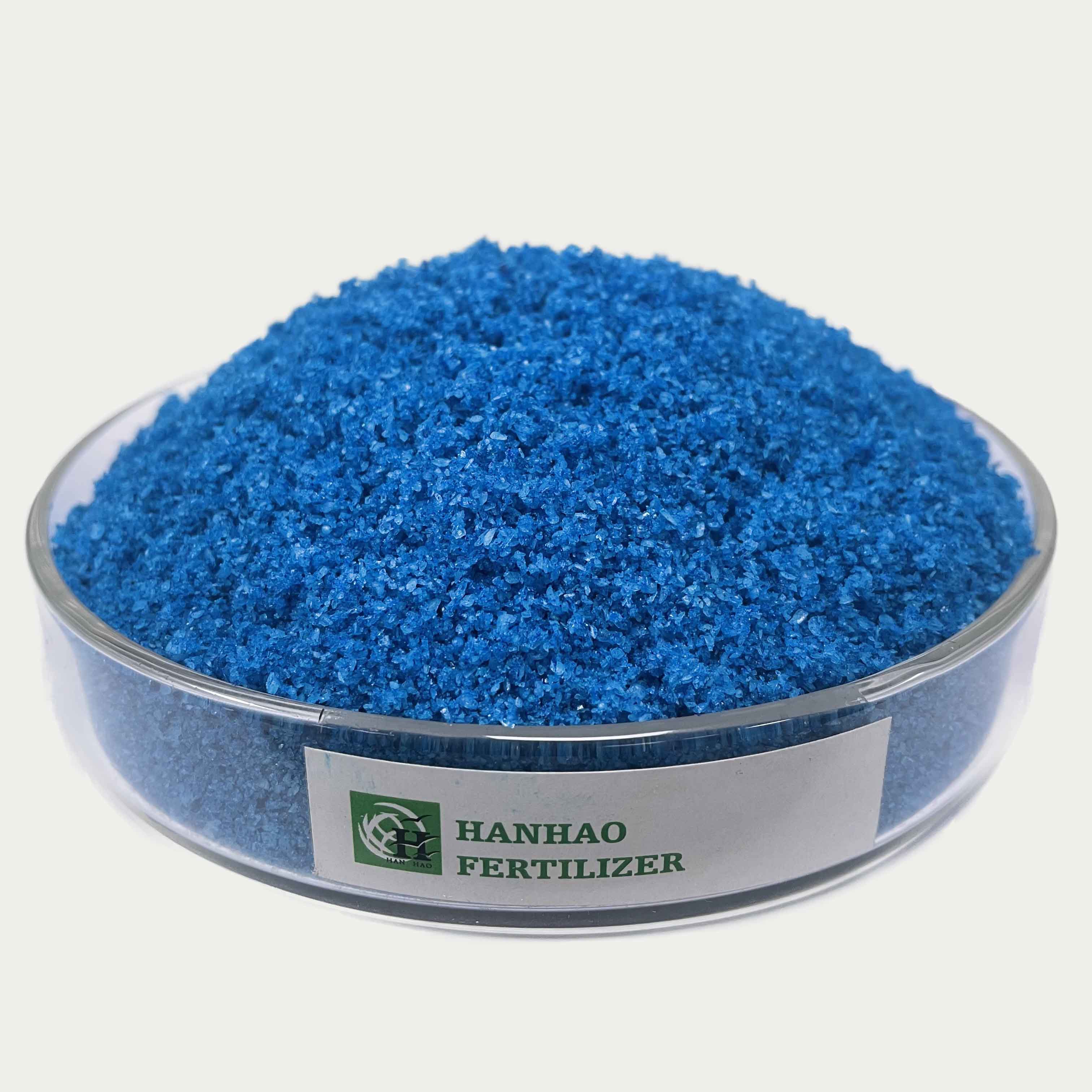
Nov . 22, 2024 08:28 Back to list
urea phosphate
Urea Phosphate An Essential Component in Modern Agriculture
Urea phosphate, a soluble nitrogen-phosphorus compound, has gained significant attention in the agricultural sector due to its unique properties and advantages over traditional fertilizers. As the global population continues to grow, the demand for efficient and effective fertilizers is more pressing than ever. Understanding urea phosphate and its role in enhancing crop yields is essential for sustainable agriculture practices.
Chemical Composition and Characteristics
Urea phosphate (UP) is a chemical compound formed by combining urea—a widely used nitrogen source in agriculture—with phosphate. Its chemical formula is (NH2)2CO·H3PO4, which indicates that each molecule consists of one urea and one phosphate unit. Urea phosphate is highly soluble in water, making it an excellent choice for fertigation (the application of fertilizers through irrigation) and foliar feeding, providing plants with quick access to essential nutrients.
One of the most notable characteristics of urea phosphate is its dual nutrient release. When applied to soil, it releases both nitrogen and phosphorus, two of the primary macronutrients required for plant growth. Nitrogen contributes to vegetative growth, promoting lush, green foliage, while phosphorus is vital for root development and overall plant energy transfer, enhancing flowering and fruiting.
Advantages of Urea Phosphate
1. Efficiency in Nutrient Delivery Urea phosphate is considered a more efficient fertilizer compared to traditional options like ammonium phosphate or triple superphosphate. Its high solubility ensures that crops can absorb the nutrients promptly, minimizing the risk of nutrient loss through leaching or runoff.
2. Balanced Nutrient Supply The combination of nitrogen and phosphorus in a single product simplifies the fertilization process. Farmers can achieve a balanced nutrient supply without having to apply multiple fertilizers, saving time and labor costs. This also reduces the risk of imbalanced nutrient application, which can lead to deficiencies or toxicities in crops.
3. Acidic Soil Benefits Urea phosphate has a relatively low pH compared to many other fertilizers, making it beneficial for acidic soils. Its application can help improve the soil pH, enhance nutrient availability, and promote optimal growth conditions for various crops.
4. Compatible with Other Fertilizers Urea phosphate can be mixed with other fertilizers, allowing farmers to create customized nutrient blends tailored to specific crop needs. This versatility makes it a favorable choice for diverse agricultural practices.
urea phosphate

Applications in Agriculture
Urea phosphate is particularly beneficial for high-value crops such as fruits, vegetables, and flowers, as these plants often require higher nutrient input to achieve optimum yields. The product is frequently used in
- Fertigation As a water-soluble fertilizer, urea phosphate fits seamlessly into irrigation systems, allowing for precise nutrient delivery directly to the crop root zone. This method enhances nutrient uptake efficiency and minimizes waste.
- Foliar Feeding Urea phosphate can also be applied as a foliar spray, providing an additional nutrient supply that can quickly address deficiencies during critical growth stages.
- Seed Treatment Some farmers utilize urea phosphate as a seed coating, promoting strong early growth and improving seedling establishment, particularly in soils with low nutrient availability.
Environmental Considerations
While urea phosphate offers numerous benefits, its use must be managed carefully, as excessive application can lead to nutrient runoff and environmental pollution. To minimize negative impacts, farmers are encouraged to follow best management practices, including soil testing, appropriate application rates, and timing of fertilization.
Conclusion
In conclusion, urea phosphate is a valuable asset in modern agriculture, providing a balanced and efficient source of nitrogen and phosphorus. As farmers seek innovative solutions to boost crop production sustainably, urea phosphate stands out for its solubility, compatibility, and efficiency in nutrient delivery. Embracing such fertilizers can lead to improved agricultural productivity, contributing to food security and sustainable land management in an ever-changing world. As research continues to evolve, the role of urea phosphate will likely expand, further solidifying its importance in the future of agriculture.
-
Premium 8 12 16 Fertilizer – High-Efficiency Compound & Granular NPK Supplier
NewsJun.10,2025
-
High Quality Agricultural Grade NPK Fertilizer Manufacturer & Supplier Reliable Factory Price
NewsJun.10,2025
-
Organic Fertilizer for Corn Boost Yield Sustainably
NewsJun.10,2025
-
Organic Fertilizer for New Plants Natural Growth Boost & Eco Nutrients
NewsJun.10,2025
-
Optimized Hydroponic NPK Fertilizer – Fast Growth & Nutrients
NewsJun.09,2025
-
Top-Rated NPK Fertilizer for Fruit Trees - Boost Growth & Yield
NewsJun.09,2025
